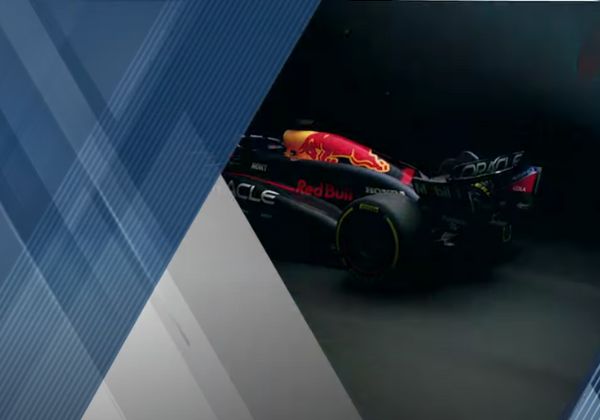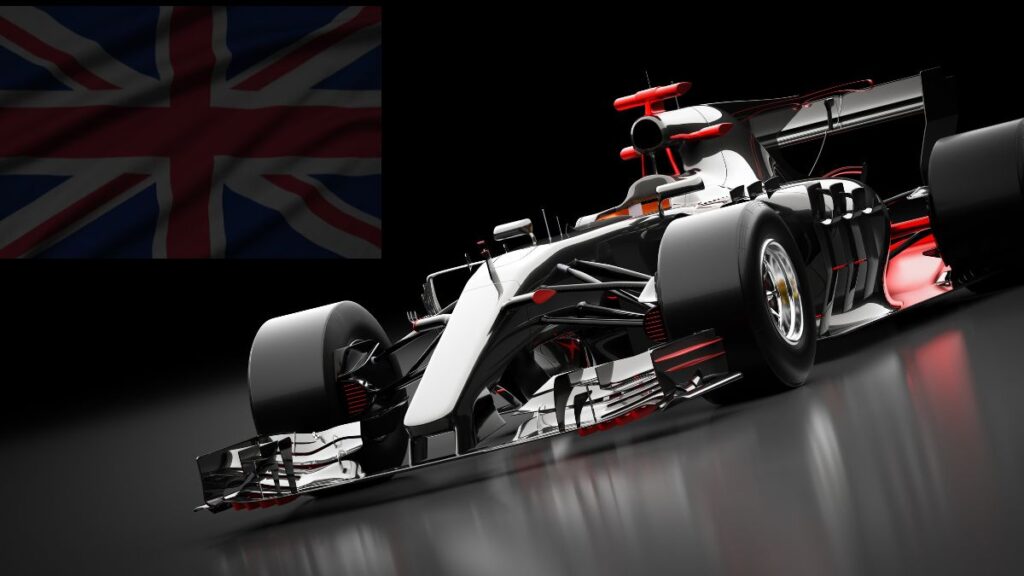Red Bull aims to set a trend in F1 by 2024 as its rivals try to emulate its design, but the champion team has yet again made a move. Teams on the Formula 1 grid offer versions of the air intakes and side pods that Red Bull has developed over the past two seasons. But in the RB20, the world champion team has eliminated the lower air intake and instead opted for an overtop system; that high panel now forms an extension of the upper surface of the side pod, while the intake finds its home at the bottom, married to a generous entrance below.
What air intake? You might ask, and you’d be correct since the renders released by the team need to be included. But judging by the leaked images of the RB20 at Silverstone, it can be assumed that there was a vertical intake on the side of the chassis. This was also confirmed by those present at the physical presentation of the new Red Bull for 2024, an example we drew of what a car could look like below.

When it comes to that air intake, you might be thinking, “Wait, haven’t I seen that before?” And in a way, it’s very reminiscent of the vertical entry used by Mercedes in 2023 when it last tried to run its single-seater version without a pontoon.
Additionally, the Ferrari SF-23 and SF-24 feature a vertical air intake in this location, although it feeds the bypass ducts rather than fulfilling the primary function of cooling the internal components.
But let’s be clear: Red Bull isn’t trying to recreate the pontoonless car here, but rather a hybrid solution that combines a wide, high-waisted, extreme-cut downhill ramp solution with a vertical entry.
This meant that the Energy Drinks team didn’t have to go to extremes, like Brackley’s teams did, to dig out the sides of the chassis to push the radiators towards the car’s centre line because it still had bodywork—full width, including accessories.
The arrival of this vertical entry follows an intense development program that helped the team improve undercut performance last season with the RB19, whose underbite-style solution improves with each iteration, culminating with the update arriving at the Hungarian Grand Prix.
Based on this change in philosophy, the bottom solution is over, with the dimensional limitation of control related to the width of the air inlet; as it increases, it makes it more challenging to create a clear balance between the improvements. Providing aerodynamics and necessary cooling.
Vertical air intakes on the sides of the chassis can cause some damage related to airflow and pressure behaviour in this area. However, this is an acceptable trade-off to open up more possibilities with stop depth and width.
The undercutting of the zone itself feeds a deep cut in the midline, excavated almost at the rear of the landing ramp, and tapers gently outwards at that point. Removing the air intake from above the side pods and replacing it with a sort of ‘overbite’ improves the air handling on the upper surface of the bodywork. To take advantage of this, the pontoon now follows a trend started by Alpine, with a gentle slide-shaped depression used to create a flow separation that better directs airflow into the Coke bottle region.
The RB20 has also attempted to improve in this area, but not in isolation, but instead taking on another concept with its origins in last year’s Mercedes W14.
The RB20’s engine cover has a tail-like outcrop that not only forms a deep valley on its upper surface, which slopes sharply towards the rear, but also has an extremely high waist with a depression interrupted only by the front exit. Front arm of the upper trapezius.


